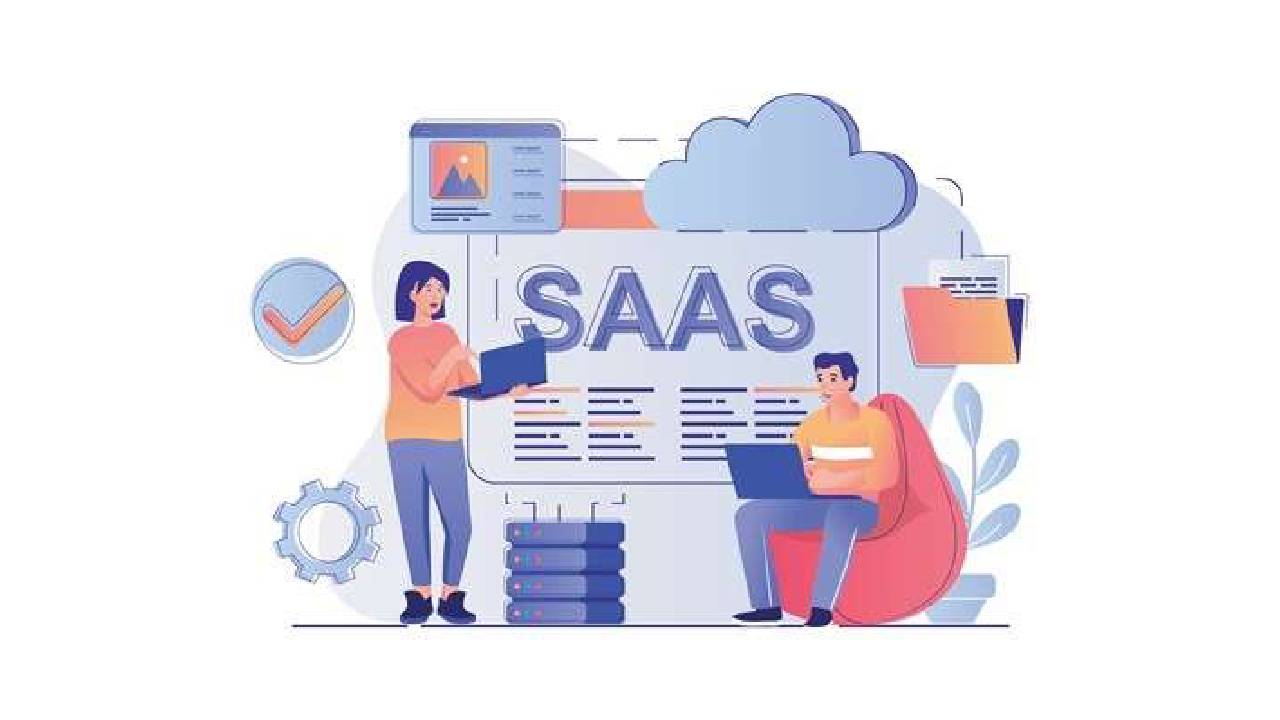Maintenance and Updates: Ensuring Your Website Stays Secure, Performant, and Up-to-Date
In today’s fast-paced digital world, merely launching a website isn’t enough. A website needs continuous care and attention to ensure it remains secure, performs optimally, and stays up-to-date with the latest technologies and content. This is where ongoing maintenance and updates come into play.
In this blog, we’ll explore the importance of website maintenance, the role of a full-stack development team, and the key elements involved in keeping your website in top shape.
1. The Importance of Website Maintenance
Security
One of the most critical aspects of website maintenance is ensuring its security. Websites are constantly under threat from cyberattacks, malware, and vulnerabilities that can compromise sensitive data. Regular updates, including security patches, are essential to protect against these threats.
Performance Optimization
A well-maintained website performs better in terms of speed, responsiveness, and user experience. Regular performance checks and optimizations ensure that your site loads quickly, runs smoothly, and provides a seamless experience for users.
SEO and Content Updates
Search engines prefer websites that are consistently refreshed with new content. Regular maintenance includes updating content, optimizing SEO elements, and ensuring that your site complies with the latest search engine algorithms.
2. The Role of a Full-Stack Development Team
Addressing Issues and Implementing Updates
A full-stack development team is responsible for addressing any issues that arise on the website, whether they are related to the front-end or back-end. They ensure that all updates are implemented without disrupting the website’s functionality.
Incorporating New Features
As your business grows, your website needs to evolve with it. The full-stack development team can incorporate new features, functionalities, and integrations to meet your changing needs and keep your website relevant.
Regular Backups and Recovery
To safeguard your website’s data, regular backups are crucial. A full-stack team ensures that backups are scheduled and stored securely. In case of any data loss, they can quickly restore the website to its previous state.
3. Key Elements of Website Maintenance
Security Monitoring
Continuous monitoring for security threats is vital. Tools and practices like firewalls, SSL certificates, and intrusion detection systems are part of a robust security maintenance strategy.
Performance Monitoring
Regular performance audits help in identifying bottlenecks, slow loading pages, and other performance-related issues. Optimizing databases, compressing images, and minifying code are common practices to improve performance.
Compatibility Checks
With the continuous release of new browsers, operating systems, and devices, compatibility checks are necessary to ensure that your website functions correctly across all platforms.
4. The Long-Term Benefits of Regular Maintenance
Enhanced User Experience
A well-maintained website offers a better user experience, leading to higher user satisfaction, increased traffic, and improved conversion rates.
Increased Security and Trust
Regular updates and security measures build trust with your users, as they know their data is safe on your website.
Cost-Efficiency
Regular maintenance can prevent major issues that might require costly fixes. Addressing small issues before they escalate saves time and money in the long run.
Conclusion
Website maintenance and updates are not just a one-time task but an ongoing process that ensures your site remains secure, performs well, and stays relevant. By partnering with a full-stack development team, you can rest assured that your website is in capable hands, receiving the necessary attention to thrive in the ever-evolving digital landscape.
FAQs
Q1: How often should my website be maintained?
A: Regular maintenance should be performed at least monthly, with security updates and backups possibly requiring more frequent attention.
Q2: What are the risks of not maintaining my website?
A: Without proper maintenance, your website is vulnerable to security threats, performance issues, outdated content, and compatibility problems.
Q3: Can I perform website maintenance myself?
A: While some basic tasks like content updates can be done by yourself, it’s recommended to have a professional full-stack development team handle more complex maintenance tasks.
Q4: How do I know if my website needs an update?
A: Regular audits and monitoring can help identify when your website needs updates. Signs include slow performance, outdated content, or security alerts.
Q5: What does a full-stack development team do during maintenance?
A: They perform a range of tasks, including security updates, performance optimization, backups, issue resolution, and implementing new features as needed.









